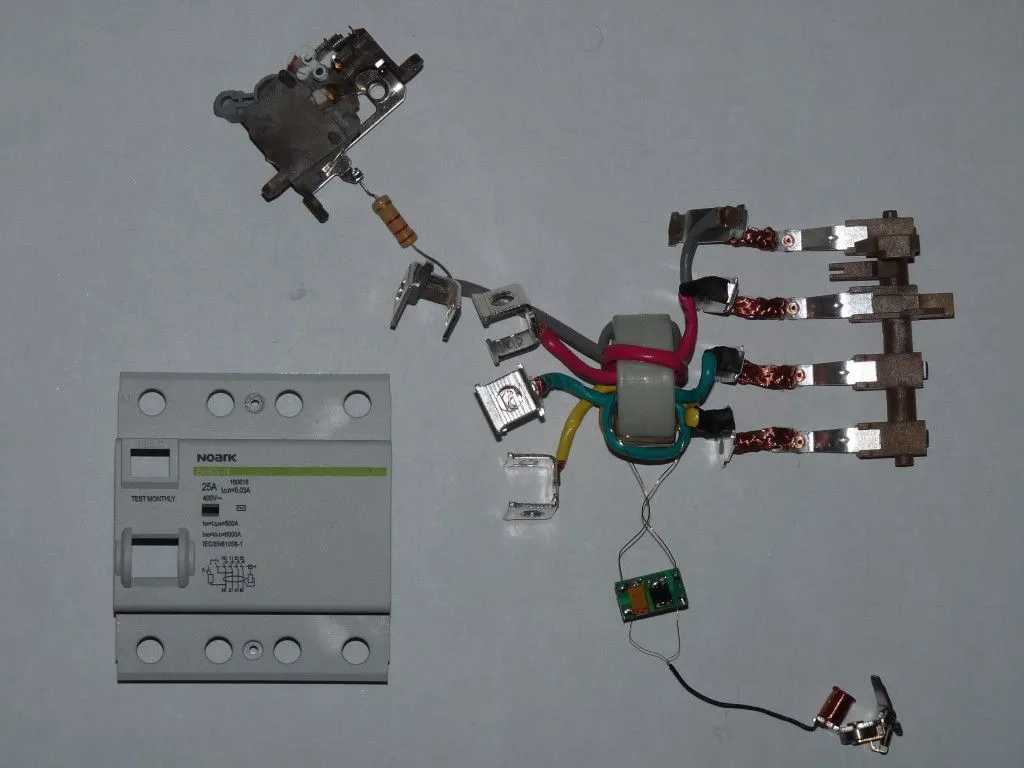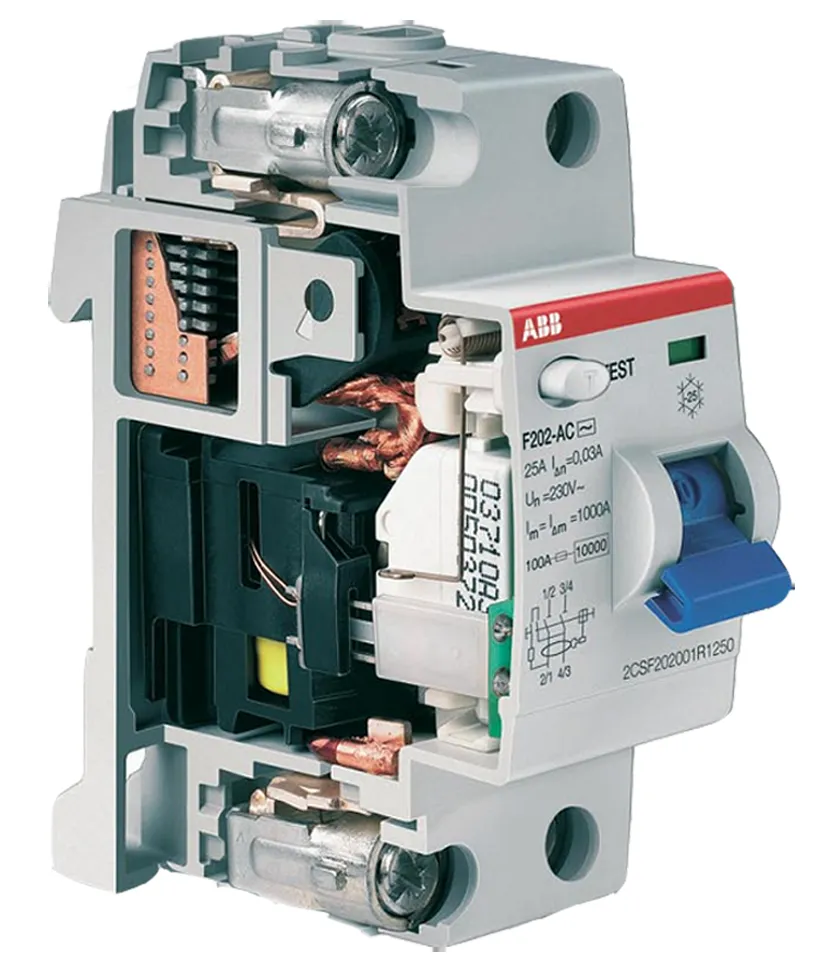In household electrical engineering, the word “automatic” implies a type of device that automatically turns off the voltage during overloads or a short circuit (short circuit) in the network. It has been used since the very beginning of electrical engineering to protect networks and electrical appliances. In recent decades, residual current devices (abbreviated as RCDs) against the damaging effects of electricity have gained mass popularity.
But a lack of understanding by users, and sometimes by electricians, of the differences and purpose of these protective equipment has led to cases of installation, resulting in
fires, since this device does not turn off even during a short circuit and burns, causing a fire and smoke in the electrical panel.
Manufacturers of electrical protective devices quickly responded to this common mistake and created a combined electrical protective device that contains an overcurrent circuit breaker and a shock protection device in one module, called a differential circuit breaker, which is also called a differential circuit breaker (RCBO).
Some characteristics
The differential machine is used for:
- protection against overcurrent and short circuits;
- preventing electric shock from accidentally touching a bare wire or faulty equipment that causes voltage to appear on the housing;
- preventing fire-hazardous leakage due to insulation breakdown.
The difavtomat is a modular device mounted on a DIN rail and has four terminals for a single-phase network and eight for a three-phase one. Regardless of the manufacturer, these devices have the following common features:
body made of refractory non-flammable plastic;
marked contact clamps (terminals) for connecting incoming and outgoing conductors;
voltage on/off lever. Some devices may have two;
“Test” button for manually checking the reliability of the device;
optionally a signal beacon indicating the type of operation – from overload or leakage;
Design and principle of operation of the diffautomatic machine
A differential circuit breaker, which simultaneously performs the functions of a circuit breaker and an RCD, consists of:
- electromagnetic relay for protection against overcurrents and short circuits;
- thermal splitter for switching off when the rated current In is exceeded for a long time;
- differential current sensor to turn off the circuit when leaks occur in it.
If the permissible parameters for each device are exceeded, they mechanically act on the latch of the spring-loaded tripping mechanism, which has an arc extinguisher.
The electromagnetic and thermal splitters are identical to similar parts of a separate current circuit breaker. Their operation is described in detail in the relevant sections; important features should be briefly noted:
At a high current, many times greater than In, the electromagnetic relay is activated almost instantly, pulling out the latch and turning off the differential circuit breaker.

Internals of the RCD
A differential circuit breaker is triggered when a difference is detected (different in English) in the currents flowing in the phase and neutral wires, which in an ideal system should coincide. Figuratively, this picture can be represented in the form of a certain number of electrons flowing through the input phase conductor, branching into individual consumers and producing work in them, again flocking in the neutral conductor, and not a single one should be lost.

In the normal operating mode of the power supply system, when the currents of the primary windings are equal, the magnetic flux created by them is mutually compensated. In the event of a leak, the current in the neutral wire will be less, the balance of magnetic fluxes will be disrupted, and a current will arise in the secondary winding, causing the protection device to operate.
An electric current of only 0.1 A, or 100 mA, is fatal to humans. Accordingly, for protection a difavtomat with IΔn<100mA should be used. The most popular values are IΔn=30mA.
A current of more than 100 mA at a voltage of 220V is considered capable of releasing a sufficient amount of heat to ignite the insulation at the point of its breakdown, therefore a differential circuit breaker with such a value IΔn is used to ensure fire safety of large objects.
In the case of using a three-wire network with a PE grounding conductor, in the event of an electrical breakdown on the insulation housing in a faulty device, the difavtomat will turn off immediately. If this malfunction occurs in a device connected to a two-wire network, and the metal case is energized, then when a person touches it, a current greater than IΔn will pass through it, causing the protection to operate very quickly, so the damage will be minimal, the victim will get off with shock.
